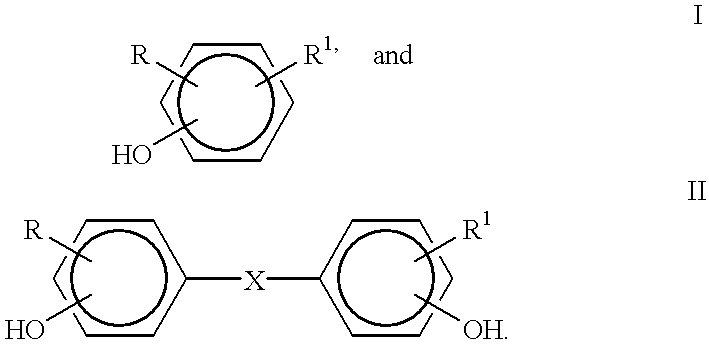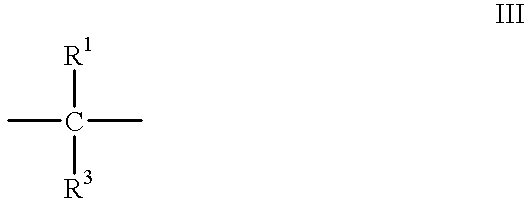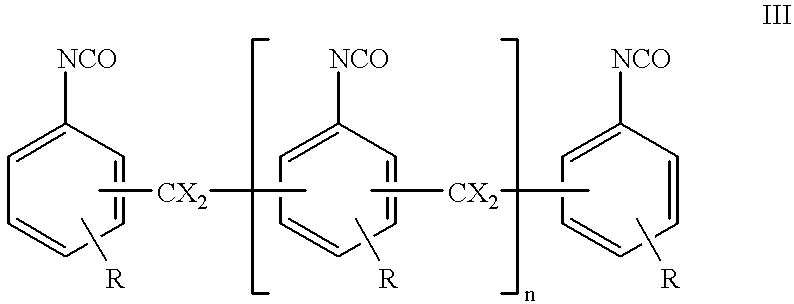Low density composite proppant, filtration media, gravel packing media, and sports field media, and methods for making and using same
a composite proppant and low density technology, applied in the direction of borehole/well accessories, ways, applications, etc., can solve the problems of high energy and production costs, severe drop in permeability, and not currently favored, and achieve good bonding, high boiling point, and improved interfacial organic-inorganic adhesion.
- Summary
- Abstract
- Description
- Claims
- Application Information
AI Technical Summary
Benefits of technology
Problems solved by technology
Method used
Image
Examples
first embodiment
[0344] FIG. 1: a process for making composite particles of the present invention.
second embodiment
[0345] FIG. 2: a process for making composite particles of the present invention.
third embodiment
[0346] FIG. 3: a process for making composite particles of the present invention.
[0347] Twelve compositions were made to have the compositions listed in TABLE 3. The volume proportions refer to the finally cured "composite proppant" while the weights refer to the composition before granulation. The quartz sand ("Q" indicates quartz) have a SiO.sub.2 content >98.3%, fineness of grind, d.sub.50=6 .mu.m and density of 2.63 g / cm.sup.3. The aluminum oxide (indicated by "A") has .gtoreq.99% Al.sub.2O.sub.3, fineness of grind, d.sub.50=7.5 .mu.m, and density of 3.96 g / cm.sup.3. A fluid phenol-formaldehyde resole resin (symbolized by "P") and a viscous resole resin (indicated by "F") were used as the synthetic resins, with water as the solvent. The phenol-formaldehyde resoles, used in this process have a ratio between phenol:formaldehyde of 1:1.1 to 1:1.9. Typical ratios are around 1:1.2 to 1.5. The fineness of the quartz sand and other fillers also can be used in the range d.sub.50=3-45 .m...
PUM
| Property | Measurement | Unit |
|---|---|---|
| Linear density | aaaaa | aaaaa |
| Linear density | aaaaa | aaaaa |
| Linear density | aaaaa | aaaaa |
Abstract
Description
Claims
Application Information
 Login to View More
Login to View More - R&D
- Intellectual Property
- Life Sciences
- Materials
- Tech Scout
- Unparalleled Data Quality
- Higher Quality Content
- 60% Fewer Hallucinations
Browse by: Latest US Patents, China's latest patents, Technical Efficacy Thesaurus, Application Domain, Technology Topic, Popular Technical Reports.
© 2025 PatSnap. All rights reserved.Legal|Privacy policy|Modern Slavery Act Transparency Statement|Sitemap|About US| Contact US: help@patsnap.com



